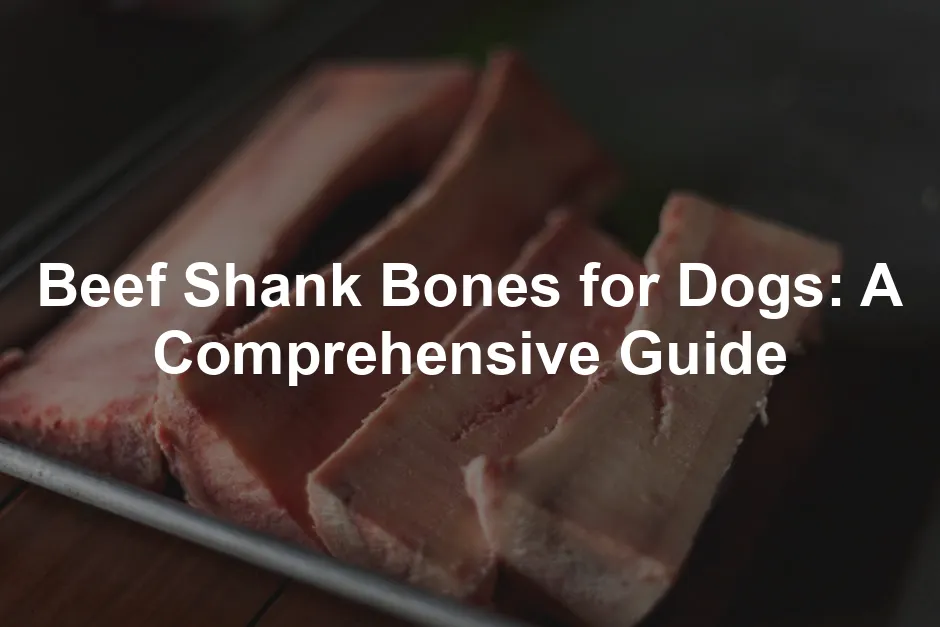Introduction
Are you considering beef shank bones for your furry friend? Many dog owners love these treats. They appeal to dogs’ natural chewing instincts and offer some nutritional benefits. However, they also come with risks worth discussing. In this guide, we’ll break down everything you need to know about beef shank bones for dogs.
Summary and Overview
Beef shank bones come from the lower leg of cows, specifically the area around the tibia. These bones are meaty and tough, making them a delightful chew for your dog. Dogs are naturally inclined to chew, which helps satisfy their instincts and keeps them entertained.
Nutritionally, these bones provide some protein and minerals like calcium and phosphorus. However, they should only be a small part of your dog’s diet. Safety is critical when offering bones, so understanding the potential risks is essential. This article aims to inform dog owners about the pros and cons of beef shank bones. Learn more about protein sources for dogs.

And while you’re at it, why not check out some Dog Dental Care Kits? Keeping your pup’s teeth clean is just as important as giving them tasty treats!
Understanding Beef Shank Bones for Dogs
What Are Beef Shank Bones?
Beef shank bones originate from the cow’s lower leg. They are known for their robust structure and meaty bits. You can find them in various forms, including raw, cooked, and with marrow. Each variation offers different chewing experiences for dogs.
Dogs love the texture and taste of shank bones. Chewing helps them relieve boredom and provides a satisfying activity. It also encourages healthy dental habits by naturally cleaning their teeth while chewing. Speaking of satisfying, how about some Rubber Chew Toys for Dogs? They can keep your dog busy while you enjoy your cup of coffee!
Nutritional Profile
While not a primary protein source, beef shank bones do contain some protein, especially when meat is attached. This protein supports muscle development and overall health.
These bones also offer minerals such as calcium and phosphorus, both important for bone and dental health. The marrow found inside adds extra flavor and nutrients, including healthy fats. However, be cautious with marrow, as it can be high in calories. Use these bones as a fun, supplementary treat rather than a dietary staple. And if you’re looking for something a bit different, consider Bully Sticks. They’re a hit with dogs and make for a high-protein snack!
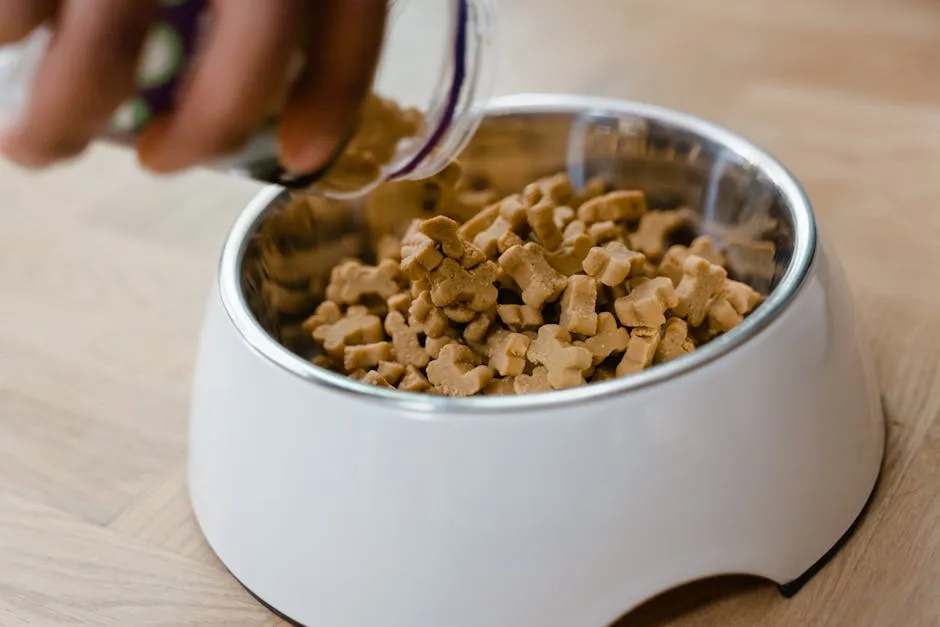
Benefits of Beef Shank Bones
Dental Health
Chewing on beef shank bones offers excellent dental benefits for dogs. The act of gnawing helps to scrape away plaque and tartar buildup on teeth. This natural cleaning process is crucial for maintaining healthy gums and preventing dental diseases. Just like brushing your teeth, chewing on these bones can contribute to better oral hygiene for your furry friend. Discover more about canine dental health.
In fact, many vets recommend chews like these specifically for their dental advantages. Regular chewing can lead to fresher breath and healthier teeth. So, why not give your dog a tasty treat while promoting their dental health at the same time? And if you’re looking for more options, consider adding Edible Dental Chews to further enhance your pup’s dental routine!
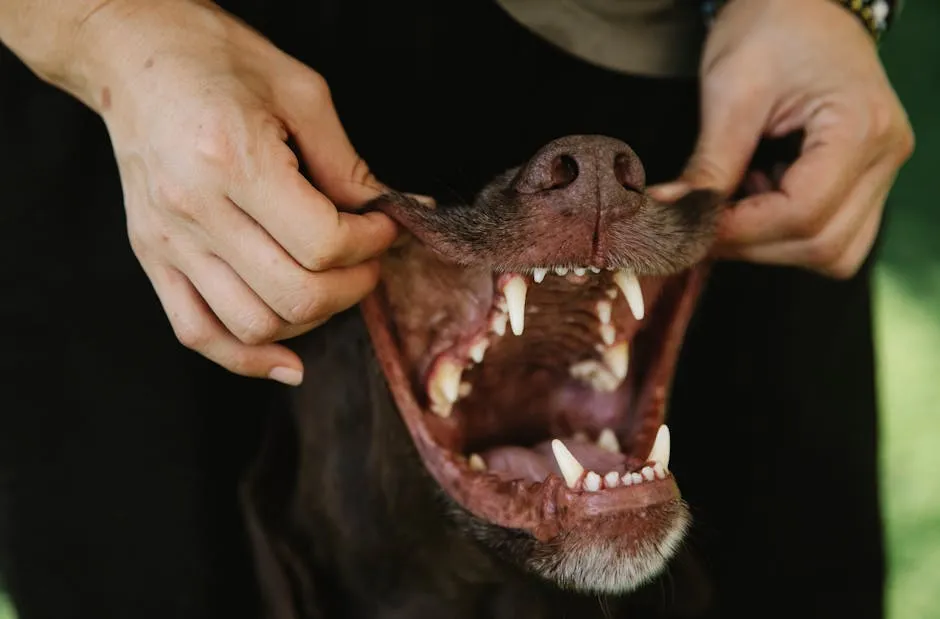
Mental Stimulation
Dogs, like people, can get bored if they don’t have enough to do. Beef shank bones can help alleviate boredom and keep your pup busy for hours. Chewing engages their minds and provides a satisfying outlet for their energy.
Mental stimulation is vital for dogs, as it can help reduce anxiety and destructive behaviors. When dogs chew, they are not just satisfying their instincts; they are also engaging in a fun activity. This simple act can lead to a happier and more balanced dog. You might also want to consider some Dog Puzzle Toys for even more brain-teasing fun!
Risks of Beef Shank Bones
Choking Hazards
While beef shank bones can be great treats, they do come with risks. One significant concern is choking. If a dog manages to bite off a small piece, it could become lodged in their throat. Signs of choking include coughing, gagging, or difficulty breathing. If you notice these symptoms, it’s crucial to act quickly.
Always supervise your dog while they chew. This way, you can intervene if they start to choke or struggle with a piece of bone. Keeping an eye on your pup can help ensure their safety during treat time. And for those moments when you need to be extra cautious, a Pet First Aid Kit can be a lifesaver!
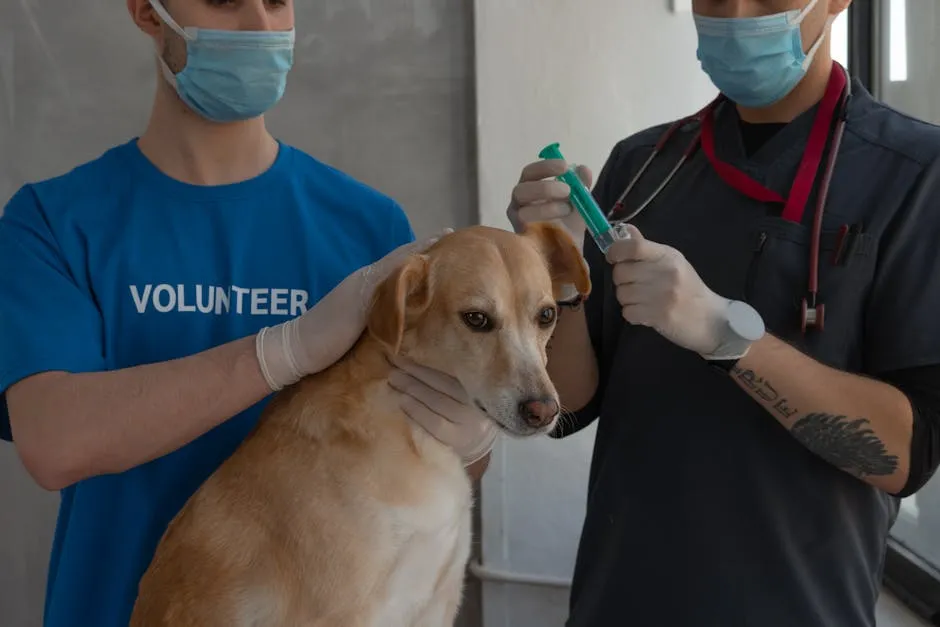
Splintering and Dental Damage
Another risk involves the potential for bones to splinter. Cooked beef bones, in particular, can break into sharp fragments. These splinters can cause serious injuries to a dog’s mouth or digestive tract.
Additionally, the hardness of bones poses a risk for dental damage. Dogs that are aggressive chewers may crack or break a tooth while gnawing on a bone. To minimize these risks, always choose raw bones and ensure they are an appropriate size for your dog. If your dog has dental issues, consider a Dog Dental Care Kit to help maintain their oral health.
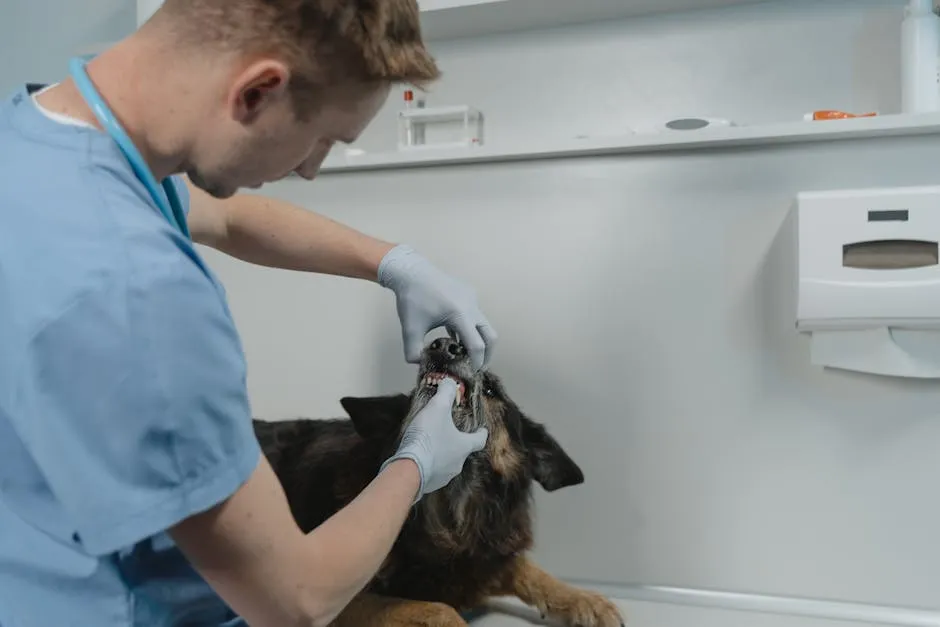
Digestive Issues
Some dogs may experience digestive issues after chewing on bones. Symptoms can include vomiting, diarrhea, or constipation. If your dog shows signs of discomfort after chewing, it’s essential to monitor them closely.
Identifying digestive problems early can help prevent more severe issues. If symptoms persist, consult your veterinarian for advice on how to manage your dog’s diet and chewing habits. Being aware of your dog’s reactions can help you make informed decisions about incorporating beef shank bones into their routine. And to support their digestion, consider adding Dog Vitamins and Supplements to their diet!
Safety Considerations for Feeding Beef Shank Bones
Choosing the Right Bone
When selecting beef shank bones, size matters. A bone should be larger than your dog’s mouth. This helps prevent choking hazards. For small breeds, choose smaller bones. Larger breeds need bigger bones. Always consider your dog’s chewing style too. Some dogs are aggressive chewers, while others are more gentle. An appropriate bone can enhance their chewing experience while minimizing risks.
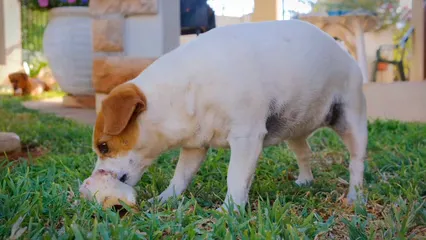
Supervision and Monitoring
Supervision is essential when your dog enjoys a bone. Always keep an eye on them while they chew. This allows you to intervene if they start to choke. If the bone becomes small enough to be a choking hazard, discard it immediately. Regularly check for sharp edges or splinters, and remove the bone if you notice any. Always prioritize your dog’s safety during treat time. And if you’re traveling, a Dog Travel Carrier can make things easier for you!
Raw vs. Cooked Bones
There’s a key difference between raw and cooked bones. Raw beef shank bones are typically safer. They are less likely to splinter, reducing injury risks. However, raw bones can carry bacteria like Salmonella. Always handle them with care. Cooked bones, on the other hand, can easily splinter into sharp fragments. These splinters can harm your dog internally. For safety, choose raw over cooked bones when possible.
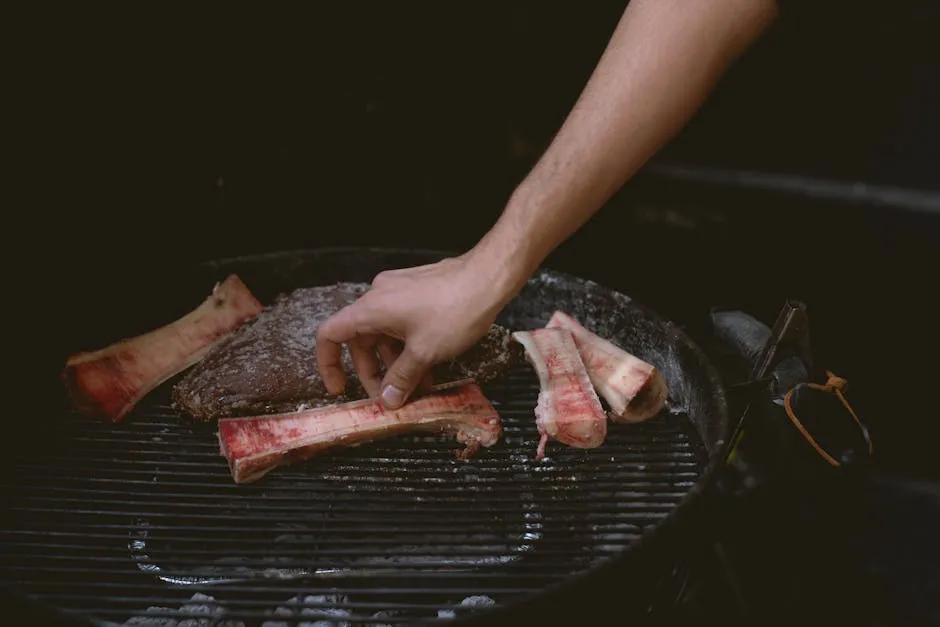
Preparing and Serving Beef Shank Bones Safely
Sourcing Quality Bones
Start by sourcing beef shank bones from reputable suppliers. Quality matters here. Ensure the bones are fresh and free from harmful preservatives. Bones with additives can be dangerous for your dog’s health. Always look for natural products to keep your furry friend safe. And speaking of quality, be sure to consider Organic Dog Food for a healthy diet!

Cleaning and Preparing Bones
Before serving, clean the bones thoroughly. Rinse them under cold water to remove any debris. If you’re giving cooked bones, avoid seasoning them. Seasonings can be harmful to dogs. Stick to plain bones to ensure your pet’s safety and health. Regularly inspect bones for spoilage or damage, and discard any that show signs of wear. And for a little extra care, don’t forget to check out Dog Grooming Tools to keep your pup looking fresh!
Alternatives to Beef Shank Bones
If you’re looking for safe and satisfying chew options for your dog, there are plenty of alternatives to beef shank bones. Here’s a list of some great choices:
Rubber and Nylon Chew Toys
These durable toys are designed for aggressive chewers. They can withstand a lot of gnawing without breaking apart. Plus, they come in various shapes and sizes, ensuring there’s one for every dog. Don’t forget to check out Nylon Chew Toys for Dogs that are perfect for tough chewers!

Edible Dental Chews
These chews are specifically formulated to promote dental health. They can help reduce plaque and tartar buildup while providing a tasty treat. Dogs love the flavor, and you can feel good knowing they’re good for their teeth. Pair these with some Dog Shampoo for a fresh-smelling pup!
Rawhide Alternatives
Many dogs enjoy rawhide, but there are now digestible options available. These alternatives offer a similar chewing experience without the risks associated with traditional rawhide. They help satisfy your dog’s chewing instincts while being safer for digestion. And if you’re looking for a treat jar to keep those goodies fresh, check out this Dog Treat Jar!

Specialized Dog Treats
Look for treats made just for chewing. These are designed to promote dental health and provide a satisfying experience. They often come in fun shapes and flavors that dogs love.
Supervised Natural Chews
Items like bully sticks or raw carrots can be great alternatives. They are safe to consume and can keep your dog engaged. Always supervise your dog while they enjoy these chews to ensure their safety. And for those hot summer days, consider getting a Dog Cooling Mat to keep them comfortable!
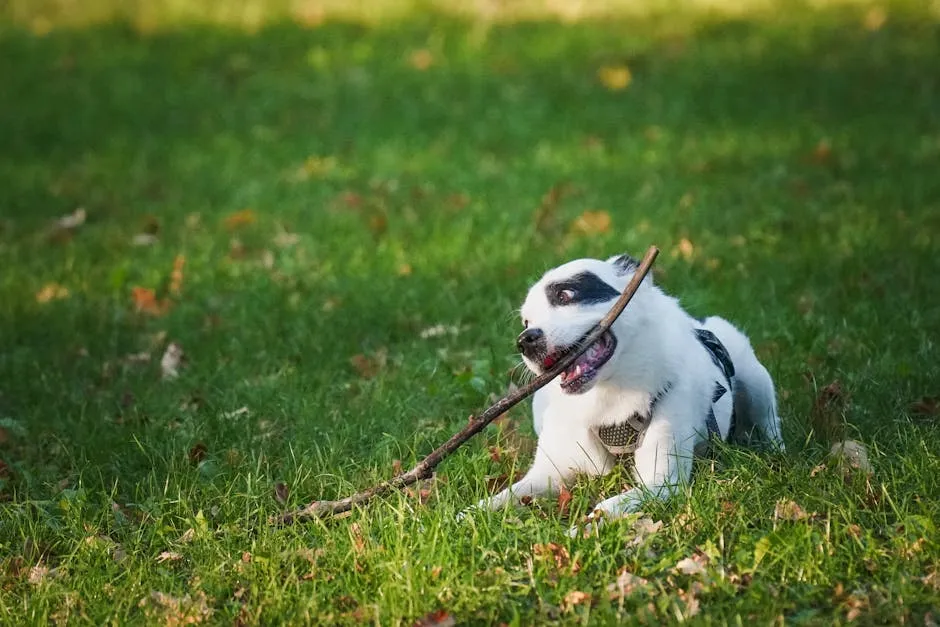
These alternatives not only provide chewing satisfaction but also prioritize your dog’s health and safety. By choosing the right options, you can keep your furry friend happy and healthy.
Conclusion
In summary, beef shank bones can provide both benefits and risks for your dog. They support dental health and offer mental stimulation, but they also pose choking hazards and can splinter. It’s crucial to practice responsible feeding habits. Always supervise your dog during chew time and consider safer alternatives. Prioritizing your dog’s safety and well-being is the best way to ensure they enjoy their treats without any worries. And if you’re a dog lover, why not celebrate with a Dog-Themed Coffee Mug? Because every sip should remind you of your furry friend!

FAQs
Are beef shank bones safe for all dogs?
Not all dogs can safely chew beef shank bones. Size and breed matter. Small dogs may struggle with larger bones, increasing choking risks. Always choose bones appropriate for your dog’s size.
How often can I give my dog beef shank bones?
Moderation is key. You can offer one bone every few weeks. Regular chewing can lead to dental wear, so limit their frequency. Pay attention to your dog’s reaction and adjust accordingly.
What should I do if my dog chokes on a bone?
If your dog shows signs of choking, act quickly. Stay calm and check their mouth for obstructions. If you can’t remove it, perform the Heimlich maneuver for dogs. If they still struggle, seek immediate veterinary help.
Can beef shank bones cause digestive issues?
Yes, they can. Some dogs might experience digestive upset from chewing bones. Monitor for signs like vomiting or diarrhea. If issues persist, consult your vet to discuss dietary options and chewing habits.
What are the best alternatives to beef shank bones?
Rubber toys, dental chews, and rawhide alternatives are great choices. They satisfy chewing instincts while being safer. Always choose high-quality options and supervise your dog while they chew.
Please let us know what you think about our content by leaving a comment down below!
Thank you for reading till here 🙂
All images from Pexels

